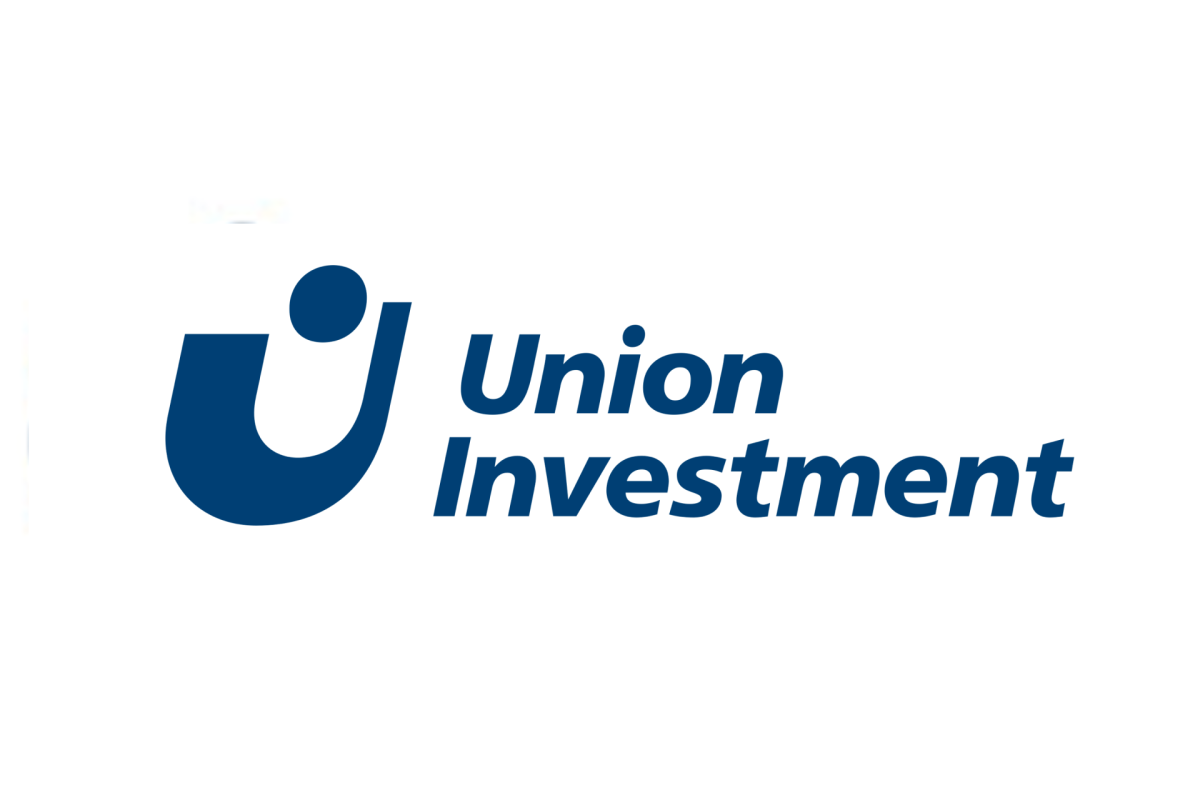Whether you’re making Internet purchases on the underground, managing your account via a mobile phone and app in a waiting room or booking your next holiday with your tablet in a restaurant: Many people now take these things for granted. Numerous activities no longer need to be carried out in a specific place or at a specific time, thanks to the smartphone. This is a development that has completely transformed countless processes in recent years – both in one’s private and business life. Mobile applications can provide faster and more streamlined processes within business environments, provided experts develop and introduce them intuitively and skilfully. Enterprise mobility is not a matter of simply now making the functions, which employees have so far mainly used on a PC, available on a smartphone. Those responsible need to prepare selected processes for mobile end devices in such a way that employees can integrate them seamlessly into their working life. A project conducted at Union Investment is an example of how companies can develop and implement this strategic topic.

Thinking about mobilisation from the perspective of the user
Union Investment
No one-size-fits-all solution
I can e-mail, surf, telephone and use calendar functions on my smartphone but why can’t I carry out a lot more of my business processes?
Frank Henkes, Head of Central Services at Union IT-Services GmbH, remembers how this question arose at the beginning.
His team – just like the management at Union Investment – was convinced that much more would be possible. This is because mobility is a topic that is widespread among employees; they use their business smartphones everywhere. "We wanted to offer a wider range of possibilities and options for our users,” says Frank Henkes, summing up the objective. “The idea was to make selected processes, which employees could previously only carry out on their computer, available on their smartphones.”

The words “for our users” and “selected processes” indicate the direction and approach the IT expert wanted the project to take. The intention was not to transfer as many workflows as possible to the smartphone across the board. It was more a question of cooperating with the various departments to identify the processes that would be suitable for mobilisation and to then develop them in such a way that the user would be able to use the resulting app quickly, easily and without a great amount of training. As a first step, the team headed by Frank Henkes looked into which providers and systems were available on the market. They came to a sobering conclusion. Although they found various apps for individual applications such as invoice document and travel processes or leave requests, it would have meant relying on five to ten different manufacturers whose solutions would have only partially fulfilled the requirements of Union Investment.
Managers – and it is this group that the mobile services are aimed at initially – must make decisions on a wide range of processes: User requests, access to drives and applications, invoice approvals or personnel matters are typical application scenarios that are also suitable for mobile processing.
“On the one hand, we wouldn’t have been able to offer our users everything that they’d need,” says Frank Henkes, summarising the result of the market research. “On the other hand, the solutions featured numerous functions that we have absolutely no need for and that make the applications unnecessarily complicated.” In the end, Union Investment would have had to deploy a whole bunch of apps. Apps that follow different operating concepts and that are not really entirely suitable. This wouldn’t have been a feasible way forward.
And so, the project team consistently pursued the question: “What do our users need?” The experts prioritised the requirement to create a standardised user interface (UI) and consistent user experience (UX) across all processes.
Holidays came first
In coordination with the specialised departments, they then wanted to select the processes to mobilise within the standard. And so the project started in March 2015 with the first draft of an enterprise mobility strategy. Following this, the ‘Central Services’ department then looked for a suitable IT consultant with whom they could work with to further specify and implement the strategy. The managers at Union IT-Services sifted through a whole range of service providers that had come forward as part of a classic tendering process. In the end, the decision was made to use the IT experts from adesso and adesso mobile solutions. On the one hand, the companies were already involved in other projects within the Union Investment Group and were therefore familiar with the requirements and working methods. On the other hand, the team that was put forward could provide exactly the kind of expertise that Union IT-Services was looking for: Extensive knowledge in the areas of enterprise mobility, strategic development, project management, agile software development and Microsoft SharePoint.
Union IT-Services and adesso experts set about implementing the project together.
The team proceeded following every agile trick in the book: Within a few weeks, they had developed a pilot application that they quickly released. Holiday request approval was used as the pilot process although it did not run on the final mobility architecture at first. During this phase, the adesso experts, who were chiefly involved in developing the design aspects, collected feedback on the user interface and user experience, exchanged ideas with users and optimised the application step by step. “We can only tell if what we’ve developed really works by using it in practice,” says Frank Henkes, explaining the motivation behind this quick start. “We wanted to get feedback from our colleagues as soon as possible. That’s why we chose a relatively streamlined process such as holiday request approval.” The response from the users put the project team in a positive mood. They were able to integrate the smartphone application seamlessly into their everyday work and so manage approval processes more efficiently.
While revising the user interfaces and user guidance systems, the project team also spent time developing the target architecture for the subsequent application. An adesso team analysed requirements and providers and assessed the options of developing a system in-house, purchasing one and using a framework solution as a middle way. Union IT-Services followed the recommendation of the experts and opted for the modern ApiOmat framework.
A plan - and a plan to adapt this if necessary
After the project team had prepared and developed the interface and functions of the application as far as was possible, the team began to mobilise the next process that was to run on the target architecture straight away: invoice document approval. In contrast to holiday request approval, this was a vastly more complex process. Here, a decision was made to use an in-house development. The benefit of using this method soon became apparent. All actions within the app are constructed in the same way and identically named across all processes. For example, the term ‘Approve’ is used throughout and not ‘Approve’ or ‘Confirm’ or ‘Checked’, depending on the interface. This is one of many details that ensures users are able to work with the solution without any problems thanks to the well-thought-out interaction concept.
Despite the progress made in the areas of holiday request and invoice document approval, the topic of enterprise mobility is still far from complete for Union Investment. To ensure the swift implementation of further processes, Frank Henkes – supported by the adesso experts – organised a step-by-stop project schedule. Here too, the requirement was for the team to work as agilely as possible and carry out work steps in parallel. While the team members were developing the invoice document workflow, the concept for the next process was already in progress. This staged approach allows the project participants to mobilise one process after the other quickly and in a plannable manner. The project managers, working in close cooperation with the specialist departments (that have control over the processes), assemble packages from the portfolio of possible processes that contain two to four topics for including in the app in the next stage.
Just before completion, all the participants get together to check out any new ideas that have arisen in the meantime on the part of the users or in the various specialist departments and to see, by comparison, what the overall pool of ideas looks like. Then the project managers put together a new package and the implementation cycle begins all over again. This method of assembling packages is also flexible: The participants can re-evaluate the packages over and over again at any time during the current phase of the project. Frank Henkes expects that around 30 different processes will find their way into the enterprise mobility app. The plan is to use the solution on over 1,100 smartphones.
In the initial phase of implementation, it is already becoming clear that here too ‘appetite comes with eating’: Users and project managers are very creative when it comes to identifying new topics for mobilisation.
Team + Method = Success
In the meantime, the pilot process, holiday request approval, has been migrated from the previous technical platform to the target architecture. Topics that are currently being implemented by the project team include the roll-out of the access management process and the provision of the most important intranet messages. In addition, the experts are building a dashboard that will help users to maintain an overview despite the large number of options in the app. Meanwhile, those responsible have managed to mobilise a whole range of processes. These include, among others, a dashboard with news from the intranet, the approval of time corrections and seminar requests and the approval of business trip applications and associated expenses. There are plenty of upcoming processes in the pipeline as well: The approval of authorisation requests (Identity & Access Management), management board/executive board resolution approvals plus a special process for field sales are also to be added to the portfolio soon. This means that all participants will be very busy, however, Frank Henkes is certain that the next steps towards further mobilisation at Union Investment will also be a success.
According to the IT expert, two aspects are responsible for such a good result in the enterprise mobility project: the project methodology and the project team. The kind of mobilisation project that Union Investment is seeking to implement is almost impossible to achieve without agile project methods. Releasing solutions swiftly, integrating user feedback quickly into the on-going development process, incorporating or discarding topics – all without rearranging the entire project schedule: This is where agility shows its strengths.
The second pillar of success is the project team. “We’re all on the same wavelength, have similar ideas, want to create something really good in as short a time as possible,” says Frank Henkes, describing the attitude of all those involved. “The experts at adesso have a particularly important role to play. They’re not only helping us create a solution that’s really successful, they are also an important sparring partner for us when it comes to questioning strategic or conceptual aspects.” The current team setup will continue to implement the strategic topic of enterprise mobility in the coming months and years in a systematic and agile manner.
Do you have any questions?
There is no website or brochure which can replace a personal meeting to talk about your goals and topics. We are looking forward to an appointment on site.